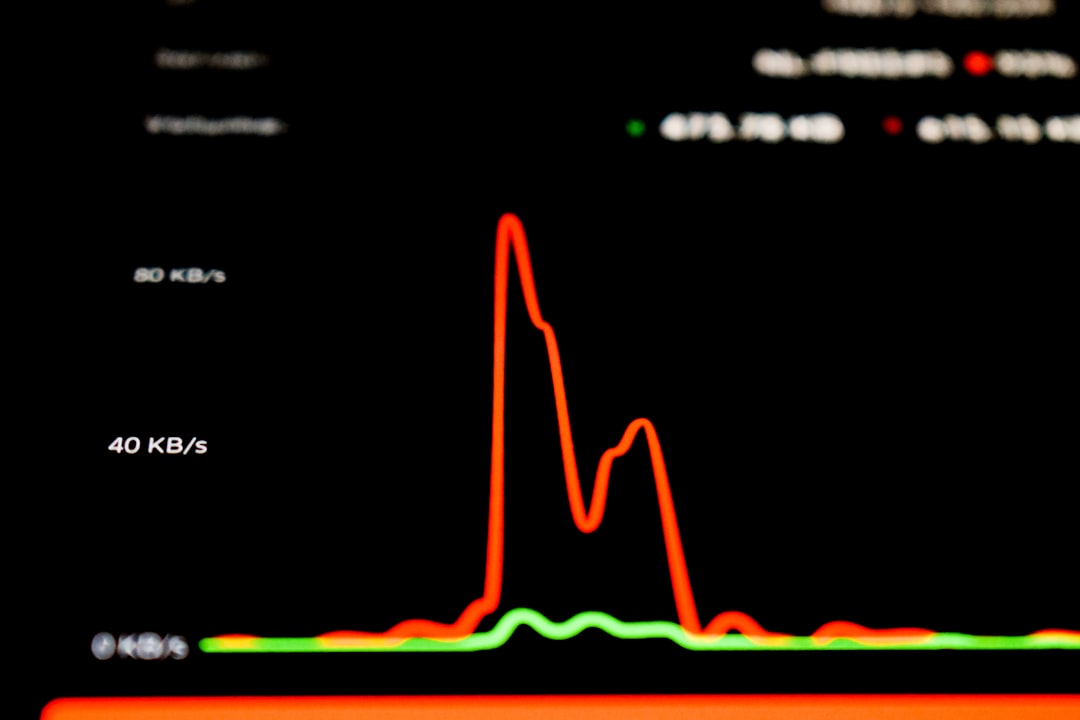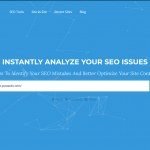Most marketers think search demand is all about search volume. But there’s so much more to the story! To really understand how people find things online, you need to zoom out and look at the bigger picture. That’s where the *Search Demand Lifecycle* comes in. Think of it like the seasons of search interest — a cycle that repeats and evolves.
Let’s break it down into 7 fun and simple phases you can remember and actually use. Ready to become a search whisperer? Let’s go!
Table of Contents
1. Spark – The Curious Beginning
This is where it all starts. Maybe a new product just launched. Or a celebrity did something wild on TikTok. Suddenly, people are curious.
They start searching things like “What is Apple Vision Pro?” or “Why is everyone talking about ChatGPT?”
This curiosity stage is low volume — but growing fast.

What to do:
- Create quick-explainer content
- Use social listening tools
- Jump on early rising trends
2. Growth – The Volume Rises
Now it’s not just a few people searching. It’s a lot of people. Demand grows each week. This is where you want to ride the wave.
Think of when everyone started Googling “What is a fidget spinner?” Remember that?
What to do:
- Optimize blog posts and FAQs
- Focus on long-tail keywords as volume diversifies
- Monitor performance closely
3. Peak – The Buzz is at Max
This is the top of the mountain. Search traffic is booming. Everyone’s talking about it.
This stage can last days, weeks, or even months depending on the trend.

What to do:
- Maximize content distribution
- Share bite-sized content on social media
- Test paid traffic if ROI looks promising
4. Plateau – The Search Stops Growing
Now things are stable. Still good demand, but not growing anymore.
It’s the perfect time to refine, test, and improve.
What to do:
- Update content for freshness
- Answer new questions people are asking
- Check which keywords are slipping
5. Decline – The Fizzle Begins
Searches start to drop off. Maybe the trend is cooling. Maybe a better product came around.
This doesn’t mean all is lost!
What to do:
- Repurpose top-performing pieces
- Redirect content toward related topics
- Build links to evergreen pages
6. Legacy – The Settle-In Stage
Some topics never fully disappear. They become background noise — still searched, just not as intensely.
Stuff like “how to boil an egg” or “how to fix a leaky faucet” never really dies out.
What to do:
- Turn them into cornerstone content
- Ensure they rank on page one
- Add internal links to guide visitors
7. Rebirth – The Comeback Kid
Guess what? Some topics come back!
Example: Bell-bottom jeans. Pokémon cards. Tamagotchis. You never know when old will be new again.
What to do:
- Watch for renewed buzz using Google Trends
- Reoptimize old posts with fresh angles
- Use social media to test new interest
Why It Matters
When you understand these phases, you can do more than chase volume. You can *predict demand*, adapt your content, and stay ahead of trends.
Smart marketers don’t just react — they look for signals in the cycle.
Final Thoughts
The Search Demand Lifecycle is like a dance. You just have to learn the steps. With these seven stages in your toolbox, you’re not just guessing — you’re leading.
So next time search volume drops, don’t panic. Ask yourself:
- What stage are we in?
- What’s coming next?
- How can we stay relevant?
Because when you go beyond search volume… you start thinking like a strategist. Not just a search ninja — a search sensei.




